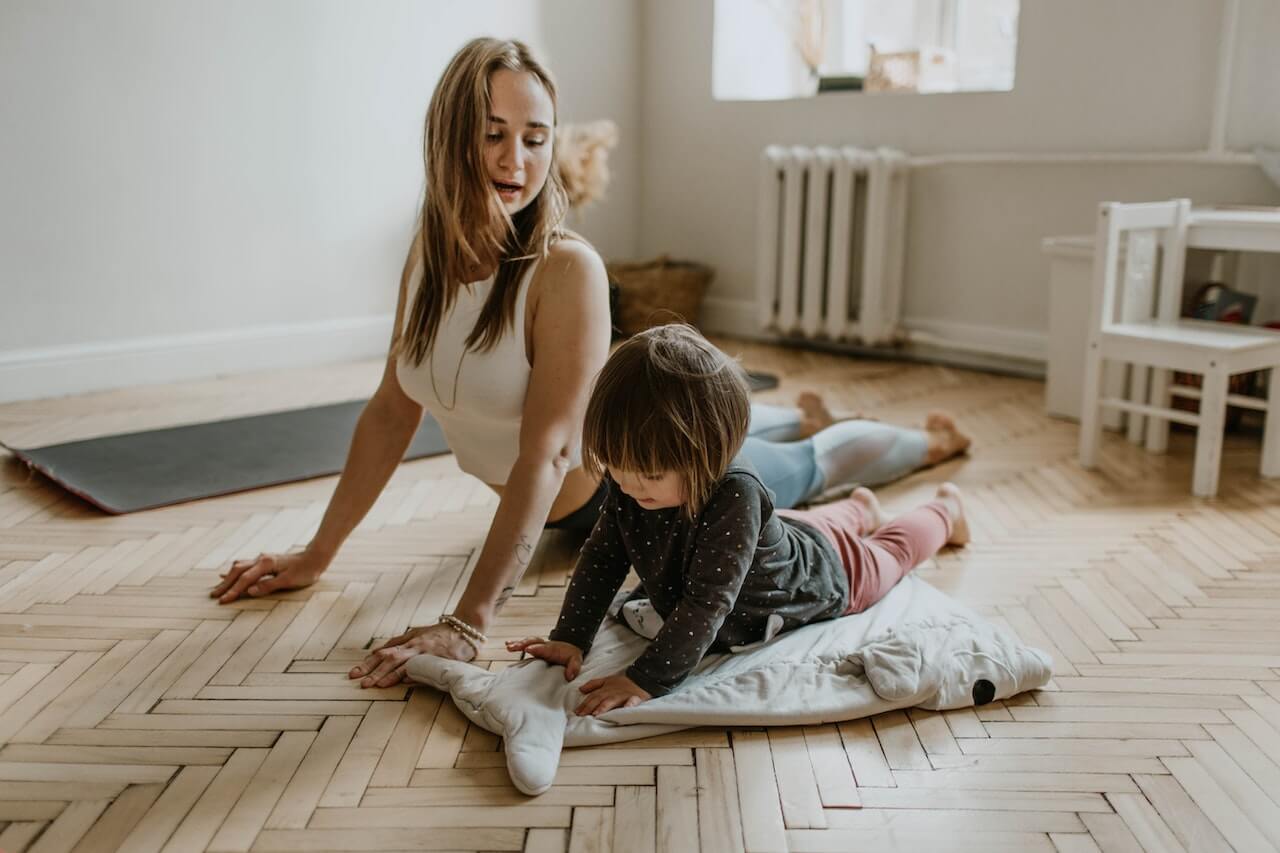When it comes to yoga, understanding what flexibility is and why it is important will aid in your practice a great deal. The truth is, flexibility is more than just being able to contort into pretzel-like positions! This component of fitness is something that entirely differs between every single practitioner. So do not stress if you are not able to do the splits or reach your toes.
While flexibility is obviously increased through the practice of stretching. There are various styles of stretching exercises, like yoga, that aid in adding elasticity to the joints and surrounding tissues. But before getting into why stretching works as it does, you must understand the basics of flexibility.

Flexibility, Mobility, and Stability: What’s The Difference?
Not to be used interchangeably, these three terms deal with your overall range of motion and how you move. Yet, each term also refers to a different function of the body.
Stability
Though you will commonly hear so and so “increases your stability and flexibility,” you may be hard-pressed to figure out the difference between the two. Stability deals with control and can be defined as “the ability to maintain control of joint movement or position by coordinating actions of surrounding tissues and the neuromuscular system”. On the other hand, flexibility can be without control, but in order to have a safe practice, you first need to develop stability.
Flexibility
This is the absolute range of motion (ROM) of the joint or a system of joints (like the hips or shoulder). It also refers to the length of muscle moving over or around the joint. Flexibility is a correlational relationship with mobility and stability, but it is not related to strength, balance, or coordination.
Mobility
Though you may think that flexibility and mobility define the same process, mobility is actually the degree to which the area where two bones meet is capable of movement before getting restricted by surrounding tissues—the ligaments, tendons, and joints. Mobility is more or less the unrestricted motion of a joint. Keep in mind that good flexibility does not mean good mobility.
On that note, when you develop your flexibility, you have to make sure you are stable and to not go beyond the mobility of your joints.

Limits of Flexibility
Every person is born with genetic limitations and a set ROM for their joints.
External Factors
Weather, such as humidity, heat, and cold can affect flexibility. The warmer the body is, the more flexibility you will feel that you have. Whether your body reacts well to these temperature differences is again based on your composition, presence of illnesses, and other factors.
Internal Factors
Joints, muscles, tendons, and ligaments all affect one’s flexibility. The other thing would be age. Mental attitudes can also affect your range of motion and mobility.
Loose Joints: Hypermobility and Joint Laxity
This is often called “double-jointedness.” Hypermobility is the excessive ROM in a joint. This allows some people to get into unfathomable positions. Dancers and gymnasts benefit the most from hypermobility and hyperextension, but sometimes this excessive flexibility can weaken the collagen between joints and cause clicking, pain, stiffness, and instability.

As you can see…
flexibility is not simply based on being able to stretch. There are a number of factors that can increase or decrease your overall range of motion, including some genetic and musculoskeletal issues. The key is to working within your range of mobility so as to gently increase your flexibility overtime. Use yoga and other techniques and you too will see improvements in your flexibility.





Leave A Comment